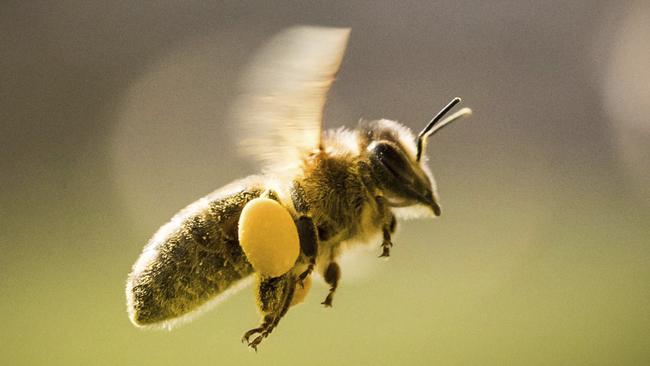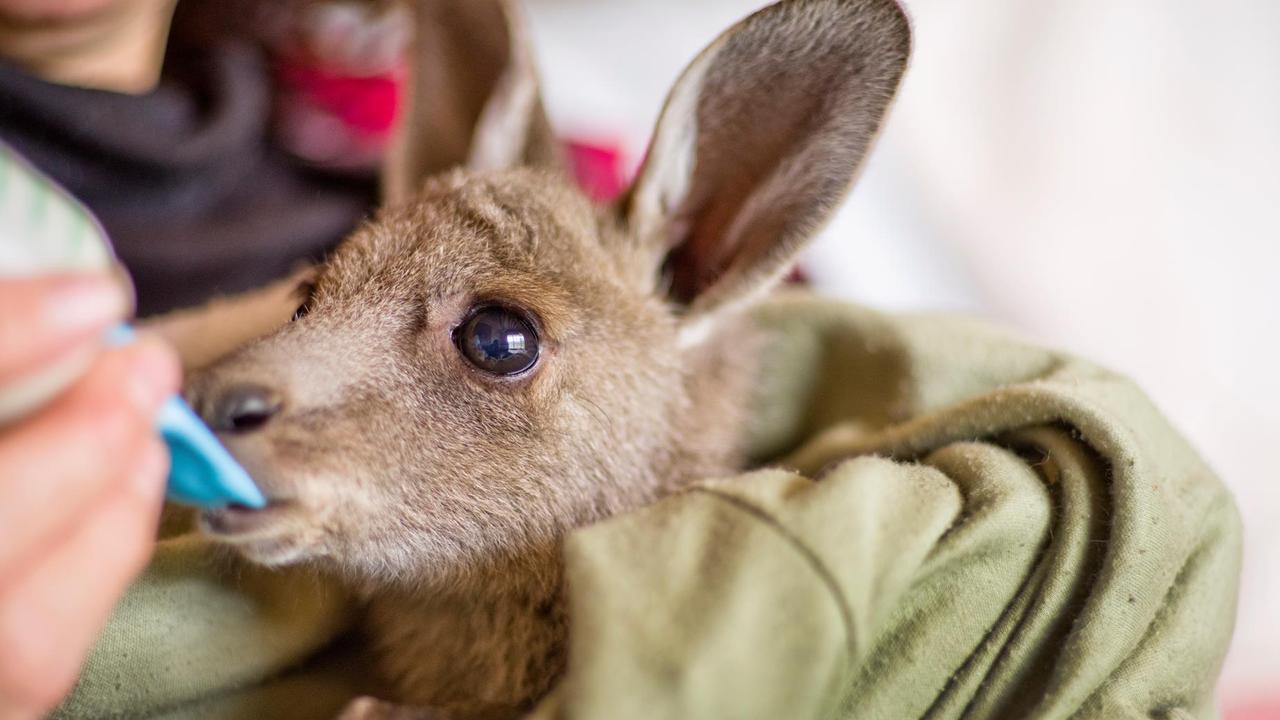Many Aussies have no idea how to treat venomous bites, study finds
AUSTRALIA may be home to some of the world’s deadliest creatures, but many young Aussies don’t know what to do if bitten by one. How would you react?
VIC News
Don't miss out on the headlines from VIC News. Followed categories will be added to My News.
- The backyard creature more dangerous than snakes and spiders
- Glenlyon boy survives deadly snake bite in Victoria’s north west
WHILE Australia may be home to some of the world’s deadliest creatures, one third of young Aussies admit they wouldn’t know what to do if ever bitten by one.
New research has found that while 20 per cent of people have experienced a venomous bite from creatures such as bees, snakes and spiders, one in four Australians would have no clue how to treat the potentially fatal wound.

Young Australians are most at risk with 18-24 year olds found to have the least knowledge when it came to treatment and are more likely to make things worse by mistreating the injury, according to a study by leading antivenene producers Seqirus.
Applying tourniquets and attempting to suck or cut the venom out could prove a deadly mistake but 36 per cent of young Australians said they would treat a bite this way.
A national study by Melbourne University found that venomous bites resulted in almost 42,000 hospitalisations and 64 fatalities over the 13 year study period.

Research published in Royal Australian College of Physicians’ Internal Medicine Journal found more than half of these fatalities were as a result of victim’s having an allergic reaction to the bite or sting and suffering from anaphylactic shock.
Researchers suggest one of the reasons that anaphylaxis has proven so deadly may be because people are complacent in seeking medical attention.
It’s a scenario all too familiar for Moe South resident Grace Tibble, who saved her husband’s life not once, but three times in the past year.
John Tibble was first bitten in March last year by what the couple suspect was a red back spider while gardening at their property in the La Trobe Valley.
“I was kneeling down doing some weeding when I felt two bites on my shin. I stood up and barely took two paces before I collapsed,” he said.
Luckily for John his wife Grace, a retired first aid officer, sprang to action and began treating the bite.
“We didn’t know what had bitten him so I just treated it as I would a snake bite. I felt sick to my stomach seeing him like that but I knew I had to respond and that’s when the training kicked in,” Grace said.

Due to the remoteness of their property, it took 40 minutes before paramedics arrived and John’s situation had worsened significantly.
By this stage he had lost consciousness and was declared clinically dead on the way to the hospital before being brought back to life by paramedics.
Doctors would later tell the couple that he had likely suffered an allergic reaction to the bite and were advised to always have an Epipen on hand.
The couple would be faced with the same terrifying situation on two more occasions with John spending two days in the Intensive Care Unit after the latest incident in January.
Grace, a mother of five said she was used to keeping her calm in emergency situations but if it weren’t for her first aid training she fears John may not have survived.
“It’s absolutely critical to have some basic training,” she said.
“You never know when you’re going to need. John nearly died from something as minor as an ant bite, so you have to take every precaution you can.”

DO YOU KNOW HOW TO TREAT A VENOMOUS BITE?
Insect bites and stings
Bees, wasps, ants, ticks, scorpions and centipedes:
• Apply an icepack directly over the bite to relieve the pain
Spider Bites
For a funnel-web or mouse spider:
•If the bite is on a limb, apply a broad pressure bandage over the bite as soon as possible
•Apply a firm pressure immobilisation bandage starting just above the fingers or toes
•Do not move the patient
•Call 000
For a red-back spider:
•Apply cold pack to area to lessen the pain
•Seek medical aid as soon as possible
All other spiders:
•Wash with soap and water
•Apply cold pack if the patient finds it painful or uncomfortable
Snake bites
•If the bite is on a limb, apply a broad pressure immobilisation bandage over the bite
•Apply the bandage tightly without stopping blood supply to the limb
•Use a splint to support the bandaged limb
•Do not move the patient
•Call 000 and write down the time of the bite and when the bandage was applied
- Compiled by Anthony Hasphall, St John Ambulance Victoria training team manager.
St John is the leading provider of First Aid in Victoria.
For more information visit: https://www.stjohnvic.com.au/training/


